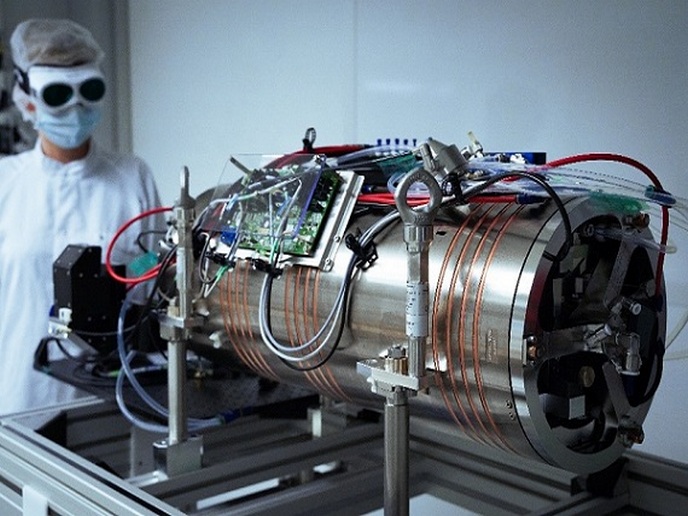Magnetron sputtering with real-time thickness control
The Fraunhofer Institute for Surface Engineering and Thin Films (Fraunhofer IST) coordinated a 3-year multi-million Euro research project entitled 3RD GENLAC with the aim of producing the next generation of optical coatings. Fraunhofer IST is an expert in all kinds of thin-film applications, including the use of large-area magnetron sputtering. One problem that arises from the use of ceramic targets in magnetron sputtering is their erosion over time, which can lead to inhomogeneous deposition rates. This can be addressed by frequent calibration, but it results in lost production time. The German engineers came up with a novel solution that measures and adjusts for the rate of target erosion in real time. Specifically, Fraunhofer IST uses X-Ray Fluorescence (XRF) to measure target loss in a secondary planar direct current (DC) sputtering cathode filled with argon. A constant XRF signal indicates uniform output from the main cylindrical rotatable sputtering source. The new set-up is suitable for architectural glazing applications where standards are extremely high regarding the homogeneity of film thickness, such as low-emissivity windows.







